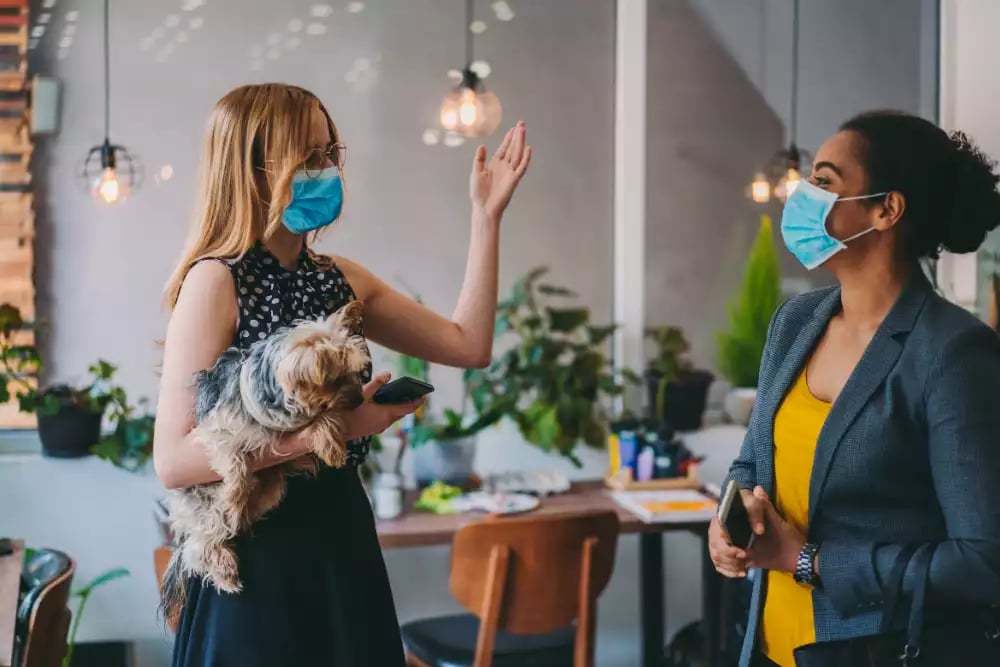By
Randy Clayton
on
Nov
18,
2020
3 min read
0 comment(s)

Though public health officials have used contract tracing for years to combat infectious diseases, you may never have heard of it before the COVID-19 pandemic. Contact tracing helps health professionals understand who’s infected and – in wider and wider ripples – who has been exposed and therefore also might be infected.
By knowing where infections may be coming next, officials can help people take appropriate steps to help prevent further spread. The faster those actions take place, the more the disease’s impact is reduced.
Employers’ role in contact tracing
Employers, whose workplaces may be vulnerable to COVID-19 infections simply because employees are working together in the same location, have a responsibility to participate in contact tracing. This workplace exercise typically precedes the broader-scale contact-tracing process public health officials conduct. Contact tracing at the employer level is driven by close contacts not just contact.
The CDC defines close contact as being “within 6 feet of an infected person for a cumulative total of 15 minutes or more over a 24-hour period.” Learn more about how close contact is defined in this blog post.
Specifically, employers should:
Plan ahead.
Act quickly.
Maintain confidentiality.
Kansas employers also should be familiar with the COVID-19 response bill signed into law June 9 by Governor Laura Kelly. It prevents COVID-19 patients and close contacts from being “compelled to participate in” contact tracing. Contact tracers and case investigators could face class C misdemeanor charges if they violate the law by not first informing contacts that their cooperation with health officials is voluntary.
Since the best offense is always a good defense, remember that COVID-19 preventative measures can help eliminate or reduce the number of contact-tracing exercises a company must complete. To limit opportunities for the virus to spread, implement measures such as:
The more you limit the times and places people can come into close contact with each other, the easier it will be should contact tracing become necessary.
Let us know what you think...